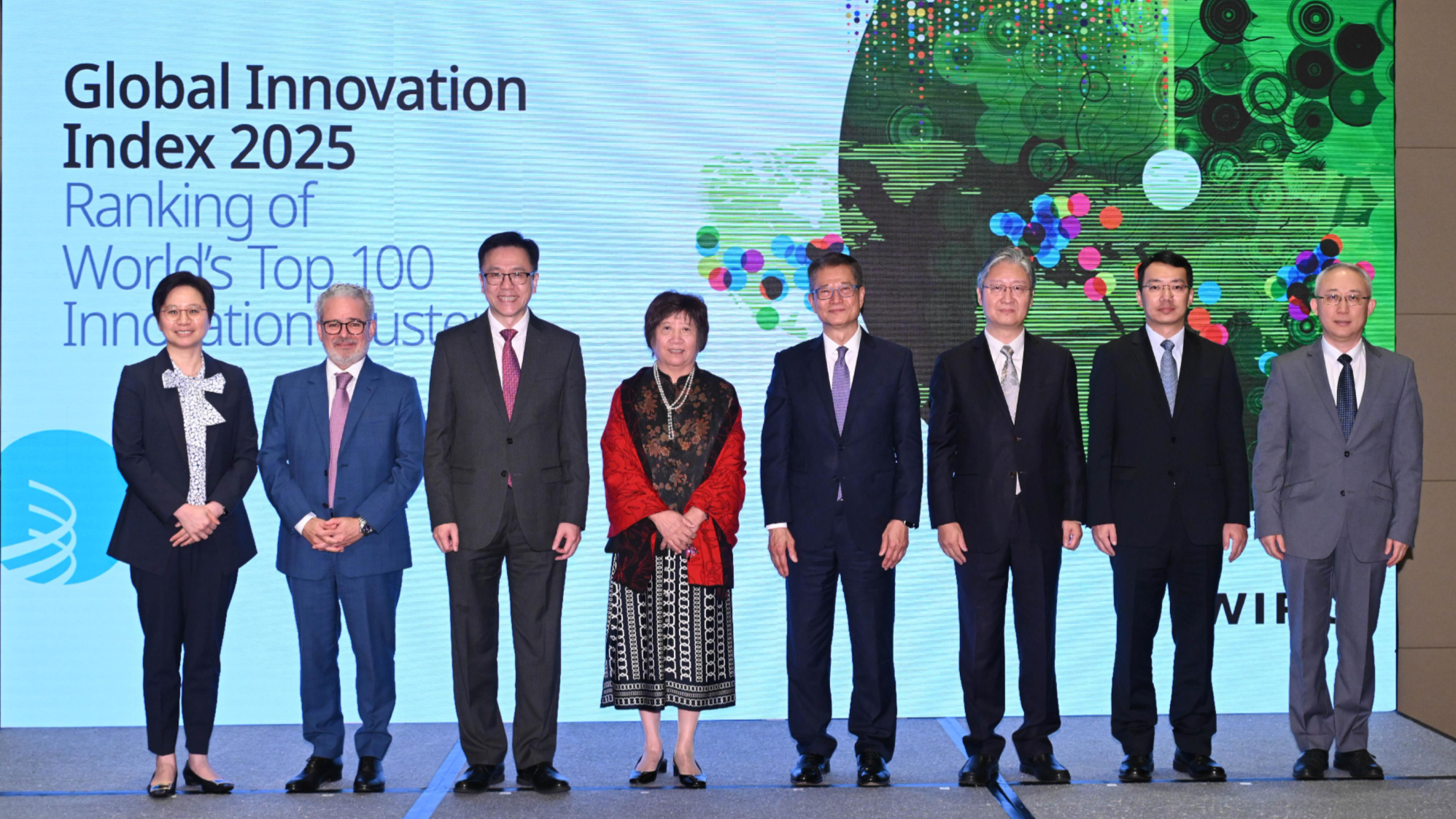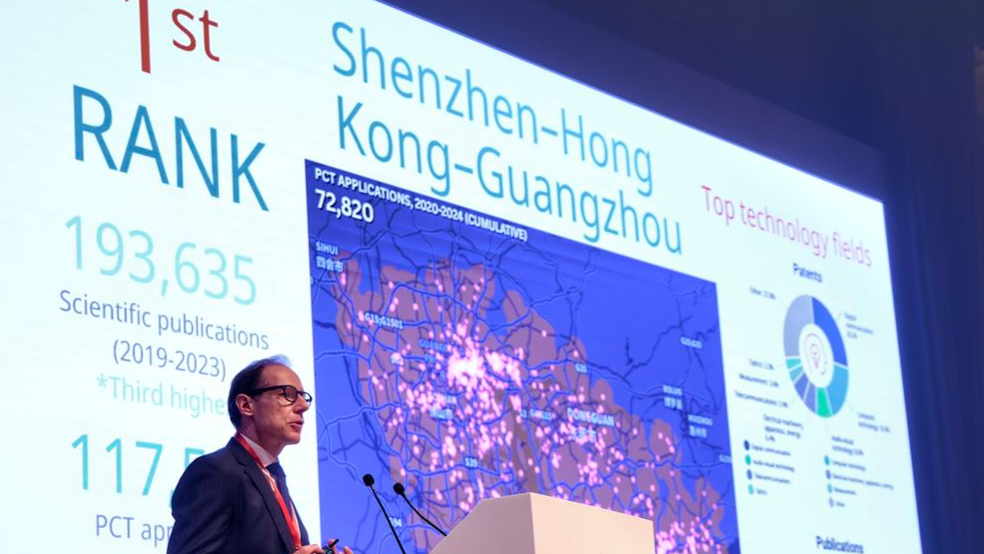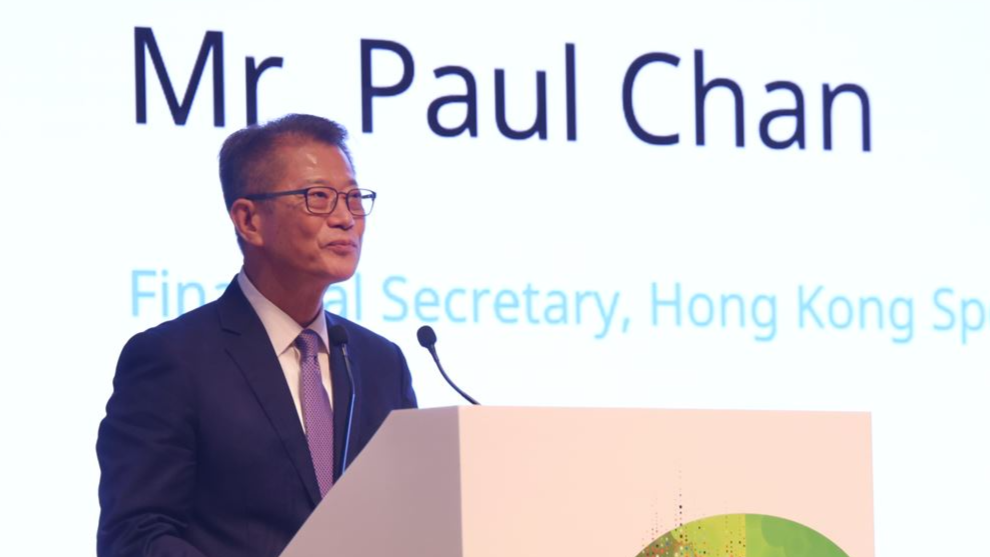
The Shenzhen-Hong Kong-Guangzhou area has been named the world’s leading science and technology cluster, overtaking Tokyo-Yokohama for the first time to claim top spot in the World Intellectual Property Organization’s (WIPO) latest top 100 innovation cluster ranking.
WIPO on Monday announced the results of the ranking, which pinpoints geographical areas that are centers of the most vibrant scientific and inventive activity around the world.
The ranking, part of the broader Global Innovation Index set for release in mid-September, has been traditionally based on its two key metrics: international patent filings and scientific publications.
READ MORE: Shenzhen-Hong Kong-Guangzhou cluster set to lead global innovation
This year, the number of venture capital deals was added as a third indicator, which the WIPO said has “reshaped” the landscape, and highlights a cluster’s ability to translate scientific and technological knowledge into startup creations and products. Around 70 percent of venture capital activities worldwide were captured by the top 100 clusters, according to the United Nations (UN) body.
The Shenzhen-Hong Kong-Guangzhou cluster outperformed Tokyo-Yokohama to take the top position after holding second place for five consecutive years, thanks in part to its stronger showing in venture capital activity.
San Jose-San Francisco climbed three spots to third place, while Beijing ranked fourth. Other leading clusters in the top 10 include Seoul (5th), New York City (7th) and Boston-Cambridge (9th).
China, for the third year running, leads all economies in the number of clusters featured in the top 100, with 24 — including Shanghai-Suzhou (6th), Hangzhou (13th) and Nanjing (15th) — followed by the United States with 22 clusters, and Germany with seven.

Describing Shenzhen-Hong Kong-Guangzhou as a “diverse cluster”, WIPO Chief Economist Carsten Fink said each part has contributed its strengths to the area’s innovation development. He noted that Hong Kong is an important source of financing for innovative activity, with many scientific ideas emerging from the special administrative region leading to startup companies across the border.
Between 2020 and 2024, the Shenzhen-Hong Kong-Guangzhou cluster filed 117,542 patent applications via the WIPO’s Patent Cooperation Treaty. It also recorded more than 6,900 venture capital deals, and contributed 193,635 scientific publications from 2019 to 2023.
To sustain competitiveness, Fink pointed out the need to maintain a healthy innovation ecosystem, which depends on substantial government investment in science and education, and other elements such as a regulated financial market that supports the growth of entrepreneurship.
He also highlighted the growing role of artificial intelligence (AI) in keeping up with shifting technological progress. “It is essentially a technology that can really make innovation much more powerful,” he said.

At the ranking’s launch event, Financial Secretary Paul Chan Mo-po said the Guangdong-Hong Kong-Macao Greater Bay Area (GBA) is poised to become one of the world's most dynamic and influential innovation clusters, with Hong Kong playing a pivotal role.
READ MORE: Cross-border passenger trips hit 20m, GBA ‘one-hour living circle’ boosted
“Guangzhou and Shenzhen lead in application and deployment, while Dongguan and Huizhou have compelling strengths in advanced manufacturing. Together, these cities offer immense production capacity, commercialization opportunities and access to a vast consumer market,” Chan said.
Hong Kong is also seeking to further amplify its potential through its Northern Metropolis project. The strategic area bordering Shenzhen will pioneer cross-boundary policies that enable the seamless flow of talent, capital, data and other resources, Chan added.
The HKSAR government has rolled out a series of measures to expedite cooperation with other GBA cities and advance the SAR’s development into an international innovation and technology center. Key initiatives include three HK$10 billion ($1.28 billion) schemes, namely the Research, Academic and Industry Sectors One-plus Scheme, the New Industrialisation Acceleration Scheme, and the Innovation and Technology Industry-Oriented Fund.
Contact the writer at gabylin@chinadailyhk.com


